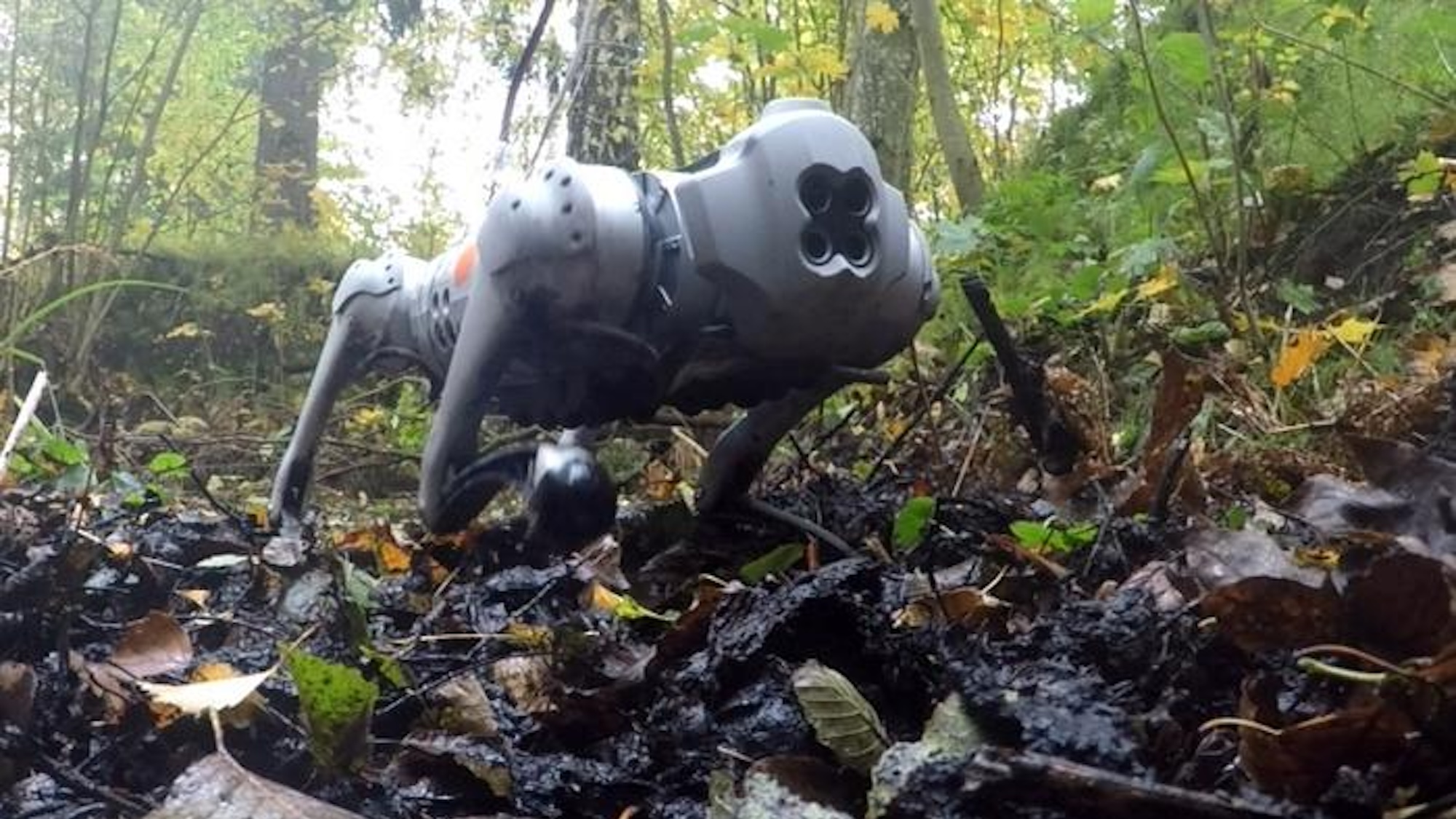The Current6:42Taliban restrictions cuts women off from earthquake aid
In a world engulfed in crises, the world may have forgotten about Afghanistan, according to the senior director at the Canadian Women for Afghanistan.
Murwarid Zaiyee said that more specifically, women in the country are sharing a specific challenge: accessing humanitarian aid.
Whether it’s immediate or direct access, women in Taliban-controlled Afghanistan are in dire need of help, Zaiyee told The Current.
Taliban officials said the earlier quakes killed more than 2,000 people across the province. UN officials said 90 per cent of those killed in the first earthquake were women and children.
Zaiyee spoke to The Current‘s Matt Galloway about the earthquakes, and how women are coping without proper access to aid. Here is part of their conversation.
How dire is the humanitarian situation in Afghanistan right now?
It’s very bad for the whole population, especially after the recent earthquake in Herat. But the women and girls situation is really getting difficult.
But not only difficult, it’s getting deadly because of the humanitarian and also human rights crisis going on in the country as the Taliban sees power in Afghanistan.
If you take a look at the unique challenges that women in particular in the country would be facing in getting aid following the earthquake, what are they facing?
The death toll is more for women and children because they were trapped at home, and because they don’t have male members to go and get aid from aid workers and Taliban authorities in that province.
They cannot access aid directly… They have lost shelter. They are just living under air. They cannot share tents with other neighbours and community members because of cultural norms.
They don’t have access to safe lodgings, washrooms. And with their children in open air, it’s getting cold at night. And winter is fast approaching.
Featured VideoMore than 2,000 people were killed and thousands more were injured when an earthquake struck western Afghanistan near the city of Herat.
Help me understand that more, why women can’t access aid without a male companion. What is it that they need so that they can get that aid?
Mostly the aid is distributed to men in the community. A man should go to the distribution site and present their I.D. Or if a woman comes, they should also have a man’s I.D. from their family members so that they should be able to get aid, and they don’t have that.
They can access most of the aid as distributed through local elders, but local elders are not aware of woman heads of households in the community.
Also, aid workers are not female. This is another challenge, that they cannot reach women and children in the community.
As you said, housing is such a crucial issue in the wake of an earthquake, but also with winter approaching. And again, because they can’t share a tent with neighbours because of cultural norms, where are those women left?
Open air. It’s just that they have no place and they are abandoned, and they need immediate shelter, even something temporary. Although something temporary like a tent, is not a good solution. Herat is a place with many windstorms. And it blows out the shelter.
Part of this is, as you said, there’s a ban on women aid workers in the Taliban-controlled country right now. And so, what can the international community do?
Yes, a lot of pressure on parliament to allow female aid workers as part of the emergency response team … and also increase their female aid workers and help workers also, to be able to reach women and children.
And directly distribute aid and services to women and not to Taliban, or community elders. That will ensure that aid is actually reaching to women and children who have been left behind and don’t have any other means of support.



















/cdn.vox-cdn.com/uploads/chorus_asset/file/25679694/247327_Buying_Guide_Doorbells_CVirginia.jpg)

Discussion about this post